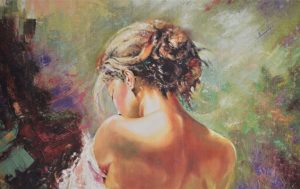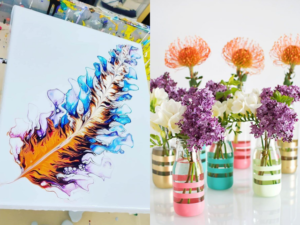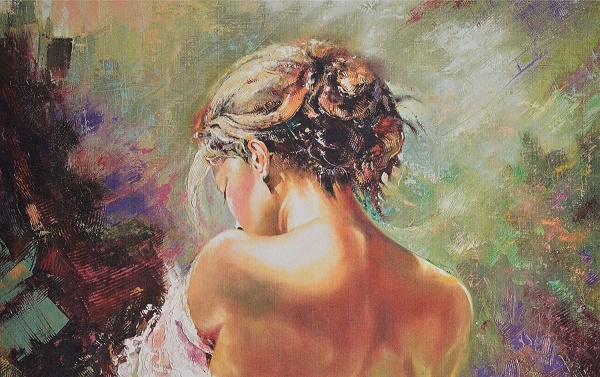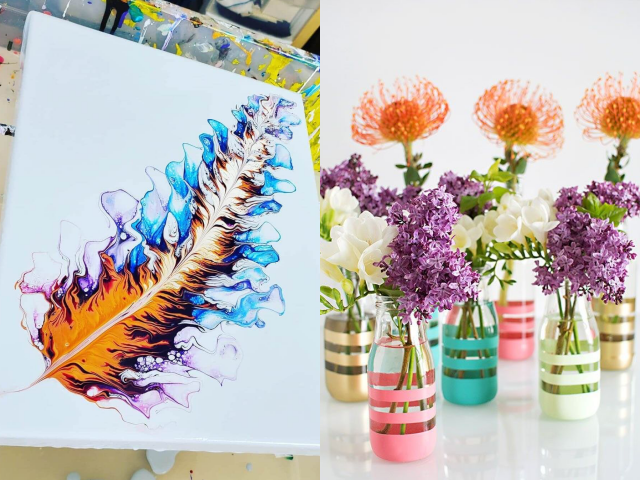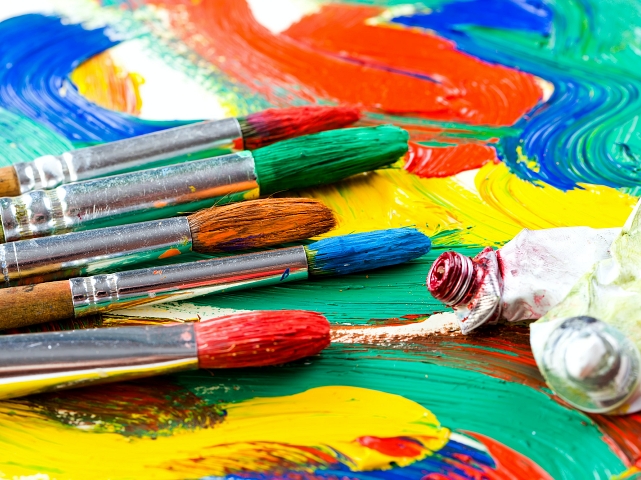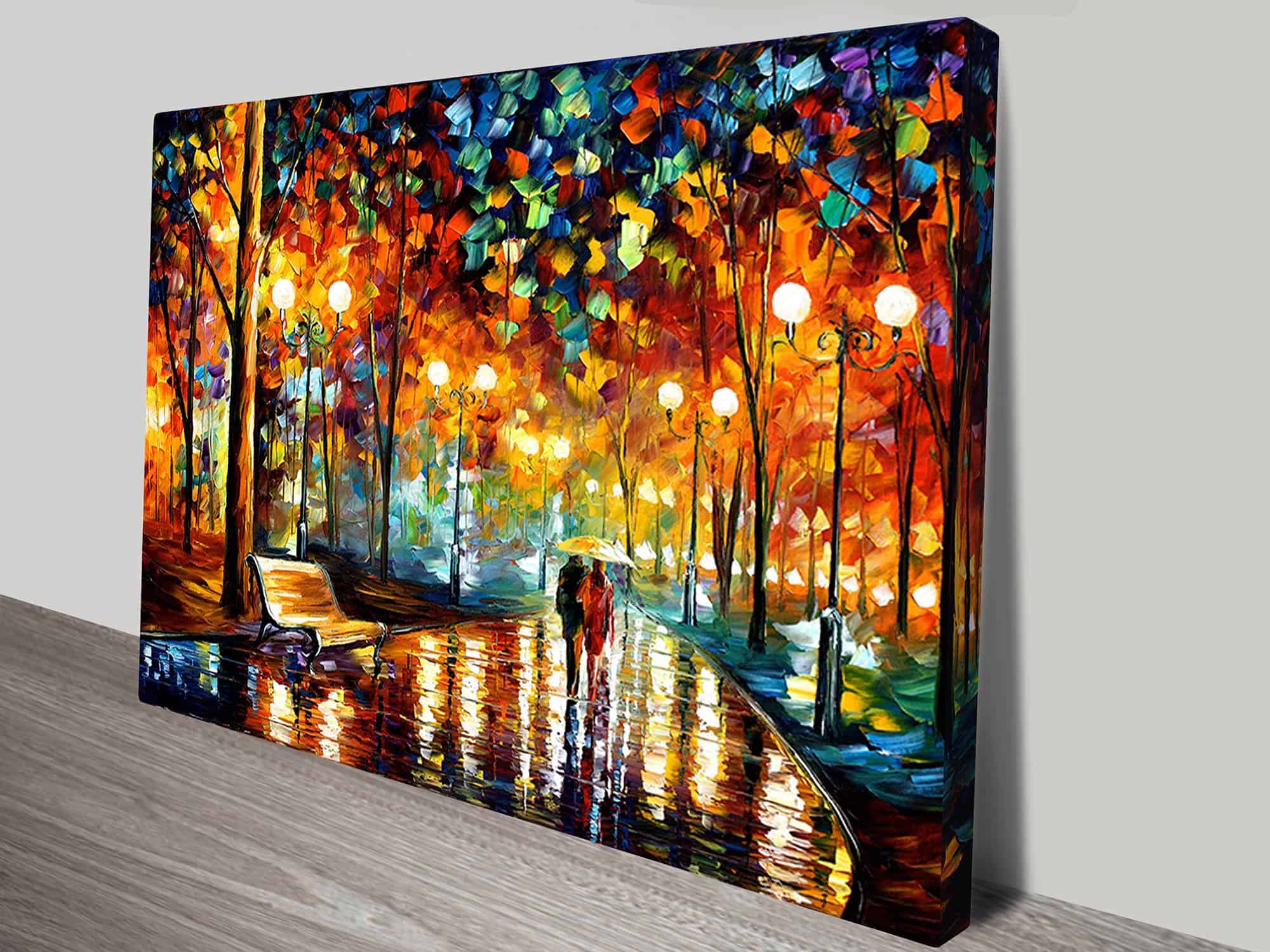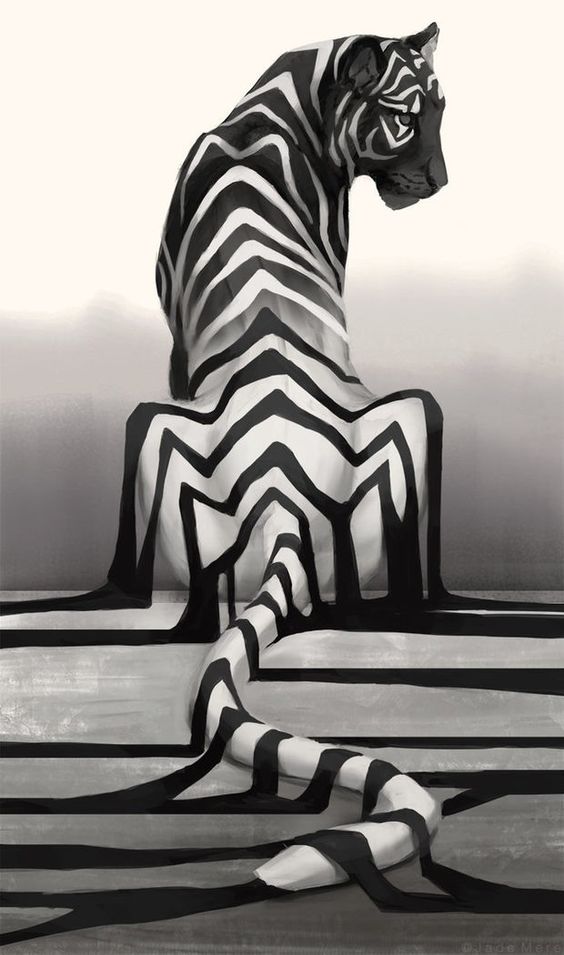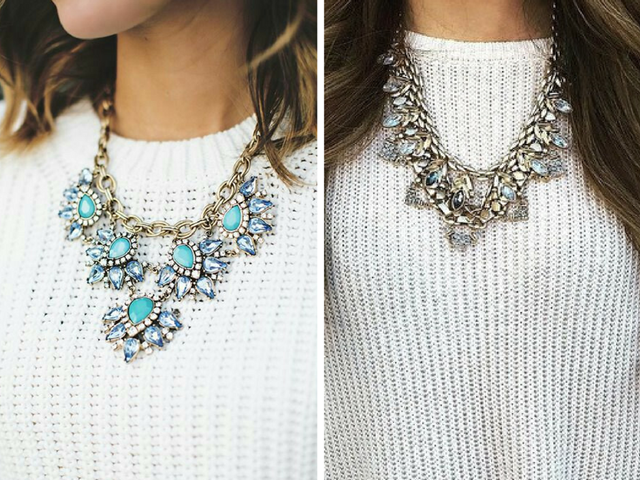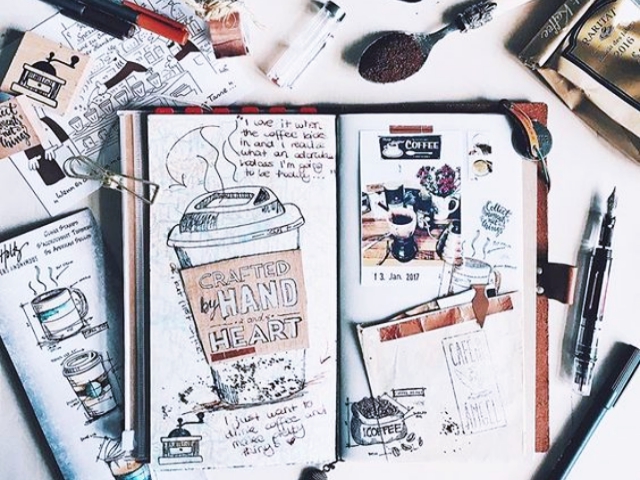There are always some missteps that we do and repeat the makes us less than perfect in our rendition of our paintings. This is a collection of mistakes to avoid that will let any painter get the kind of output he or she wants.
- Making or repeating brush strokes: This would make the painting boring and leave the viewer distracted. Try to use a number of brush strokes
- Using a brush that is dried out: This gives a clumsy appearance and leaves the viewer wondering about the lack of richness in the final product
- Daubing paint and poking the canvas: You need to be sure of the strokes you use instead of daubing bits of paint in an uncertain manner
- Focusing too much attention on one area and forgetting the rest: You have to focus on the whole picture and this means every corner of the canvas
- Melding hues right on the canvas: Please get the shade right on your palette before getting it on the canvas, otherwise this sort of mistake will show on the picture
- Not being familiar with subject: You need to take the time to study the subject to be able to do a fair job on the canvas.
- Utilizing too many hues: Get your colors right, applying colors willy nilly will look haphazard and unappealing
- Putting in too much detail: You want to be subtle about how you communicate with your audience with your picture so do not be too obvious and add too many details
- Painting what you have already learned and not what is in front of you: Do not over think it and take the time to see what is in front of you
- Being stingy with the time you spend painting: To ensure a continuous flow, ensure that you have allotted plenty of time for painting
- Giving in to others opinions: An audience even one with positive feedback will distract you from your vision of painting. SO do it alone
- Not using enough paint: Yes, you need to be generous with the paint or else it will show
- Converting to small size brushes: It is better to stick to larger brushes instead of changing midstream
- Over use of white color: This will make your painting look insipid and pale
- Augmenting with small pieces: Stick to the larger picture and do not keep on adding more and more details as you paint
- Using up your paint for the sake of using it: Do not do the mistake of adding paint just to use it up and not waste it.
- Rubbing the paint on: Simply brush it on and leave it
- Trying to correct every flaw on the painting: Often, the best painting do have an imperfection or two; this only adds to the charm
- Over thinking it: Painting is about going with the flow of what you feel, your logical thought process can hinder with this, so avoid it.
- Try to replicate something seen before: This is your painting and it should have your stamp on it. Do not try to replicate what you saw somewhere else.
These are just common pointers to keep you on the right path of painting. For advanced guidance and information you can always take up a professional course to keep you on the right course. Painting is instinctual and comes from within. However you can help the creative process by reading up on a few sensible guidelines and avoiding the common pitfalls.
About the Author


